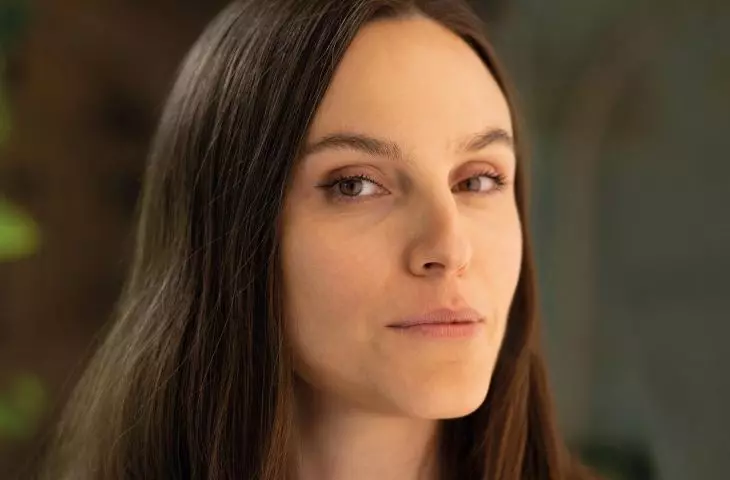The article is from A&B issue 9|23
What is your favorite architect and what do you value her most for?
It may sound strange, but my mentors are science and nature. We have forgotten that we are nature. So my biggest source of inspiration in my work is the processes within it. I don't mean just aesthetic or functional inspiration, but a way of looking at the world through the reactions taking place in it and their interrelationships. Because in essence, everything is nature. So are we, who are inextricably linked to the world around us. Every element of our existence, from our physical bodies to the technology we have created, is derived from natural materials and processes. We are not just inhabitants or owners of space. They are merely impressions heightened by cultures of differentiation and religions of separation. That is, decorated and somewhat overdecorated by thousands of years of survival instincts, objectifying nature so that we can feel more secure in our own skin.
Meanwhile, every atom and every bond that makes up our being is a testament to our innate connectivity with the world around us. Consider, for example, the electromagnetic radiation coming from the thermonuclear fusion, the Sun, 151 million kilometers away from us safely. Some 173 petawatts reach Earth, where it is absorbed, reflected or refracted. This energy not only made possible the origin and persistence of life on the planet, but is also a key element of our perception. Part of the visible light spectrum (in the 380-700 nanometer range), interacts with objects to generate colors. Pigments in objects absorb and reflect certain wavelengths, and the photoreceptor cells of the eyes detect these differences. They then send signals to our brains, which translate this information into the vivid palette of reality we experience. Our brains are biological interpretive machines, where 86 billion neurons constantly process all sensory data and construct a unique perception of the world.
Among other things, it is our subjective perception of nature along with survival-oriented activities that led us to the era of ecological disruption, the Anthropocene. But our brains also offer the capacity for interpretation and imagination (which we designers make strong use of). It's a fascinating aspect of our cognition that we can come up with concepts and constructs and then make them a reality, revolutionizing physical space in the process. That's why I think that being inspired by nature and analyzing it in depth, including seeing us in it - as interdependent and integral - can enable us to move towards a new era. An era of the Symbiocene, in which the ecosystem-positive actions of humans in feedback favor themselves. Thus, our ability to visualize the future has the potential to lead us step by step toward a more harmonious relationship with the surrounding world.
By designing with nature, rather than against it, we can contribute to restoring the ecosystems that are part of us. No one said it would be easy, but "with great power comes great responsibility" (Stan Lee, "SpiderMan").















